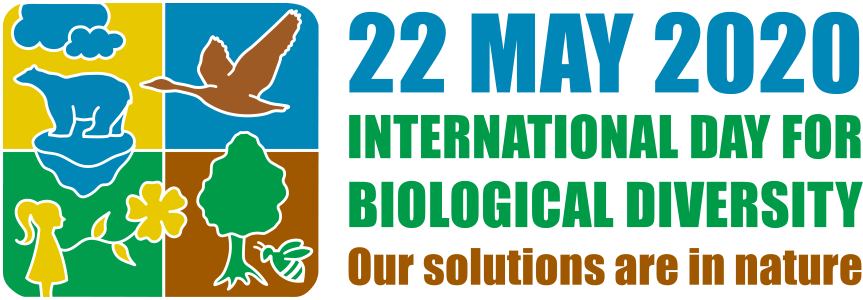
IDB 2020: Conservation of Biodiversity
Protected areas are a cornerstone of biodiversity conservation. Good progress has been made in expanding coverage of protected and conserved areas, with marine coverage increasing faster than terrestrial coverage.
Protected areas secure the wellbeing of humanity.
Protected areas provide livelihoods for nearly 1.1 billion people. They are the primary source of drinking water for over a third of the world’s largest cities and are a major factor in ensuring global food security. When carefully designed and managed, protected areas can contribute to poverty reduction and sustainable development including the achievement of the Sustainable Development Goals. The many services protected areas provide include being reliable sources of food, fuel, fresh water and herbal medicines.
When protected areas include watersheds, they have an even greater value by providing fresh water for irrigation and downstream water supply. This natural filtration supplies fresh water to rural and urban populations around the world and demonstrates the clear link between ecological services, conservation and human welfare.
We need to scale up conservation efforts
The global community has achieved Aichi Biodiversity Target 11 on protecting 10% of its coasts and marine areas by 2020. In fact, 3.6 million square kilometers of ocean, an area larger than India, have been designated as marine protected areas since April 2016.
Even with this progress, fish stocks are declining all over the world. Over-exploitation of marine and coastal resources and unwise fishery management continue to adversely impact marine life. Less biodiversity on coasts makes it harder for millions of people to maintain their traditional basis of life, by depriving communities of their main source of vital protein and by increasing poverty.
Efforts to conserve and restore biodiversity need to combine major increases in the extent and effectiveness of well-connected protected areas with:
- other effective area-based conservation measures;
- large-scale restoration of degraded habitats; and
- improvements in the condition of nature across farmed and urban landscapes, and inland water bodies, coasts and oceans.
There is a clear need to invest in the environmental capital of natural resources whether forests, savannahs, mangroves or coral reefs. Such investments can reduce ecosystem vulnerability, strengthen community's access to resources and lessen the impact of disasters.

More information: